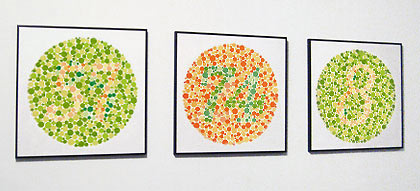I type pretty well, and I sometimes get migraine headaches. They seem unrelated, but they weren’t a few weeks ago when I had a neurological event I’d never experienced before. I’ve been thinking about it a lot since then, and since I’m a fan of science writing about neurology, I thought I’d make a contribution to the genre. But I’m not a scientist, so it’s more of a personal anecdote than a science essay. This case study is more case than study.

I can go for years without a migraine, and then get one out of the blue. Sometimes I get a cluster of migraines spread out over a few weeks, and then nothing for several years. I have yet to figure out what triggers my migraines. None of the common triggers — caffeine, stress, cheese, etc — seem to affect me. When the headaches come, they last about 6 to 8 hours. From what I hear about other migraine sufferers, I’m lucky they only last that long.
My migraines are almost always preceded by about 30 minutes of visual phenomena that neurologists call “auras.” I’ve never liked the word because saying that I see auras is too loaded with supernatural suggestions. But I know it’s the accepted medical term, so I’ve taken to using it.
Auras are not atypical for migraine sufferers. In fact, migraines with auras are referred to as “classic” migraines. For me, an aura usually starts out as a tiny shimmering spot in the center of my vision. It looks a bit like the after-image you see when someone takes a flash photo of you. Instead of fading like the after-image from a flash would, the spot slowly grows. As it gets bigger, I can see that it has details: it is a colorful shimmering crescent wrapped around a white circle. Gradually, over the course of 20 minutes or so, it grows until the white center fills my entire field of vision. I’m temporarily blind. And then, over the next few minutes it slowly fades away until my vision is back to normal.
I try to consider these auras as early warning systems. If I take medicine as soon as they begin (in my case Excedrin Migraine can do the trick) the headache might be mild or even abort altogether. But if it doesn’t work, then awful pain and sensory hyper-sensitivity kick in for the next 6 to 8 hours.
Before the particular migraine episode that this story is about, I don’t think I’d had a migraine in about five years. Sometimes I would accidentally glance at a bright light and confuse the after-image for the beginning of a migraine, but happily those incidents all turned out to be false alarms. So I certainly wasn’t expecting a migraine on this particular morning when I was sitting in the living room typing a business e-mail on the laptop computer.
I’ve been touch typing for the past 20 years in a manner that would please Mavis Beacon, with my fingers resting on the home row and my eyes on the screen. I don’t think about what my fingers are doing. They move quickly across the keys on their own, tapping out words like it’s second nature as I merely think about what I want to write. When I mistype something, I can feel it in my fingers before I notice it on screen, and sometimes I instinctively backspace to correct it before I even realize I’ve made the mistake.
On the morning in question, I was a few words into a sentence several paragraphs into the email when I realized that nothing I intended to type in that sentence actually made it to the screen. Instead there was just a stream of gibberish. Sometimes this can happen when my fingers accidentally start out in the wrong position; I might type a few words before realizing that my fingers are positioned one key to the right. So I erased the sentence, repositioned my fingers, and started over.
Again, my fingers were typing nonsense. Could I have made the same mistake twice? No, I was definitely starting out in the correct position. I watched my fingers move as I typed. Nothing looked wrong. The sensation was just as familiar as any other time I typed. My fingers moved with the same confidence, as though they knew exactly where they were going to reach the letters they needed to hit. And yet: gibberish on the screen.
I concentrated on typing just one word correctly. Nope. Gibberish.
In the space of a few seconds, I wondered several things. It seemed to me that something neurological was happening. Was it a stroke? I began to see the beginning of a visual aura, and concluded with relief that a migraine was affecting my typing. But I’d never had any early warning other than the visual auras before. Why was I having this now? Is it possible that I would have experienced this if I had been typing during the onset of previous migraines, or was this migraine just manifesting itself differently?
If my fingers were just typing gibberish, how did they know what particular gibberish to type? For example, why did my left middle finger, which only types the letters e, d, and c, know that it was its turn to type the wrong letter instead of another finger’s turn? Were the correct signals still being sent, but to the wrong finger? In retrospect I wonder, if I had kept the gibberish instead of erasing it, would it turn out to be a simple substitution cipher for whatever I meant to type, or was it truly complete gibberish?
The famous neurologist Oliver Sacks, himself a migraineur, wrote a book called Migraine in which he describes a variety of interesting symptoms of migraine sufferers. It’s not unheard of for some people to experience language disorders during their auras, a condition known as aphasia.. They may be unable to speak even though they understand people clearly. Or they may have trouble understanding what people are saying, as though they are hearing a foreign language. I wonder if this extends to written language. Is it possible that I was actually typing correctly all along, but the words were simply unrecognizable to my brain?
in which he describes a variety of interesting symptoms of migraine sufferers. It’s not unheard of for some people to experience language disorders during their auras, a condition known as aphasia.. They may be unable to speak even though they understand people clearly. Or they may have trouble understanding what people are saying, as though they are hearing a foreign language. I wonder if this extends to written language. Is it possible that I was actually typing correctly all along, but the words were simply unrecognizable to my brain?
I had planned on writing about this last week, but I didn’t get a chance. Life intervened in the form of another neurological event totally new to me and with which I’m now equally fascinated: amnesia. On Tuesday afternoon, I was lying on the couch in my living room, surfing the web with my iPhone. That’s the last memory I have before waking up in the bathtub, dry and clothed, with my glasses broken and my head bleeding, and no idea how I got there.
Don’t worry. I’m fine now. But that’s a story for another time.
Further reading:
• An article by Oliver Sacks about migraine auras in the New York Times.
• A slideshow of migraine art that accompanied the article.
• migraine-aura.org’s web page about migraine aphasia.
• The Daily Headache, the blog of a migraine sufferer who has headaches much worse than I do, and links to other migraineurs who blog about their symptoms.













 There’s
There’s 



 Is there an upper limit to the amount of money you can raise on
Is there an upper limit to the amount of money you can raise on 



 Time-lapse portraits of a face may be the most obvious and compelling subject matter, but I think science and curiosity might benefit from time lapse portraits of other body parts, too. What if Noah had been taking a second picture all this time, of, say, his left hand? It would be interesting to see how his hand ages along with his face. There probably wouldn’t be much change now, but as he ages it would get more dramatic.
Time-lapse portraits of a face may be the most obvious and compelling subject matter, but I think science and curiosity might benefit from time lapse portraits of other body parts, too. What if Noah had been taking a second picture all this time, of, say, his left hand? It would be interesting to see how his hand ages along with his face. There probably wouldn’t be much change now, but as he ages it would get more dramatic.
 Method 1: Placing one hand on each side of the frame, use the fingertips or midfingers of both hands in concert to raise the glasses into a comfortable position.
Method 1: Placing one hand on each side of the frame, use the fingertips or midfingers of both hands in concert to raise the glasses into a comfortable position. Method 2: Using the fingers of just one hand, grab the frame front securely on one side and push the glasses up into a comfortable position.
Method 2: Using the fingers of just one hand, grab the frame front securely on one side and push the glasses up into a comfortable position. Method 3: Using just one finger, press upward on the bridge of the frame, raising the glasses into a comfortable position.
Method 3: Using just one finger, press upward on the bridge of the frame, raising the glasses into a comfortable position. 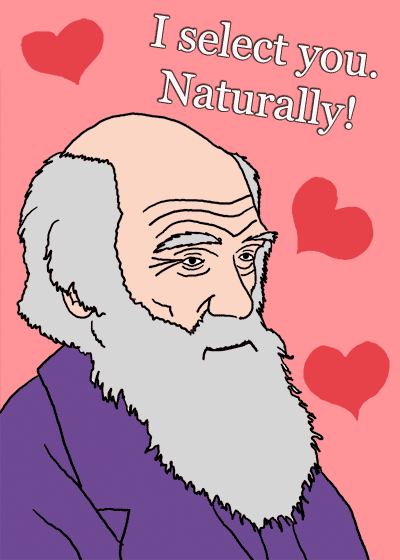




 Walt Disney should add a new division of scientists (biological imagineers) to its company with the goal of breeding “Mickey” mice — real mice, selectively bred for their big round ears and black facial coloring which makes them resemble a certain famous cartoon mouse. Then they can sell them as pets in pet stores.
Walt Disney should add a new division of scientists (biological imagineers) to its company with the goal of breeding “Mickey” mice — real mice, selectively bred for their big round ears and black facial coloring which makes them resemble a certain famous cartoon mouse. Then they can sell them as pets in pet stores.









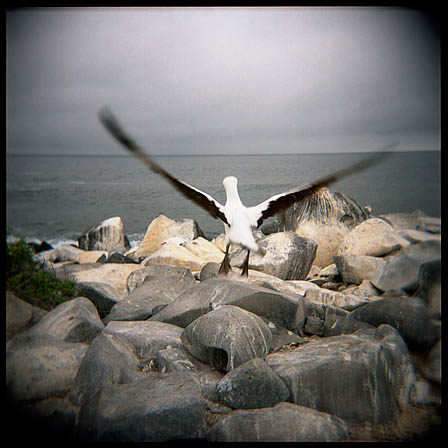





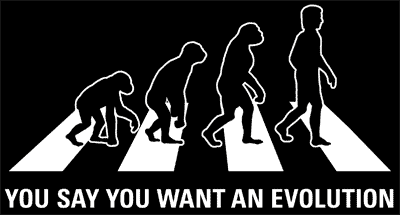

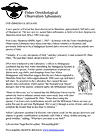
 With that in mind, I think that if I were an evil dictator in a country developing a nuclear weapon, I would name my new weapon “The F-Bomb.” Then I’d get a little giggle every time it was reported in the news that my country is threatening to drop the F-Bomb. As in, “Ironicsansistan tested a long-range missile today, heightening fears that it will follow through on its threats to drop the F-Bomb on South Ironicsansistan.”
With that in mind, I think that if I were an evil dictator in a country developing a nuclear weapon, I would name my new weapon “The F-Bomb.” Then I’d get a little giggle every time it was reported in the news that my country is threatening to drop the F-Bomb. As in, “Ironicsansistan tested a long-range missile today, heightening fears that it will follow through on its threats to drop the F-Bomb on South Ironicsansistan.”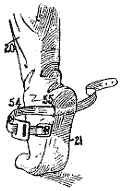

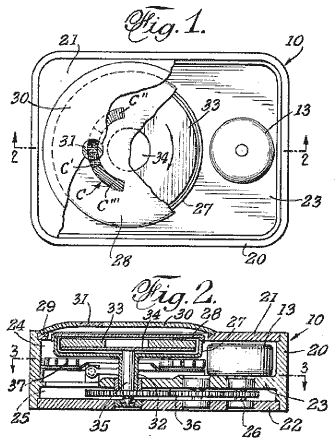


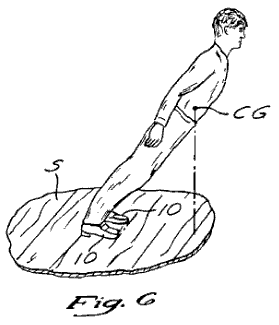


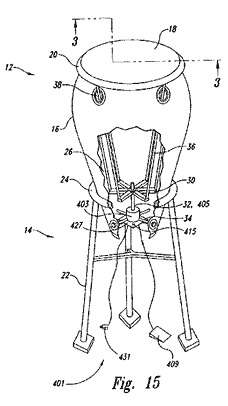



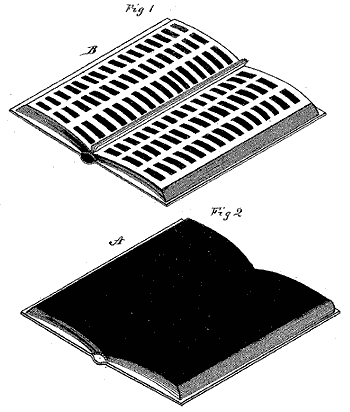

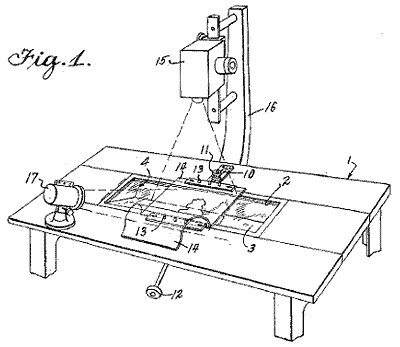









 How does it work? It begins with a thick layer of glass or clear plastic. This protects you from the ants, and protects the ants from you. Below the glass is an open space with a thick layer of dirt, allowing the ants to crawl in, out, and around their tunnels, caves, and hills. This all rests on top of a sturdy base layer, which doubles as the bottom of the desktop. Small holes around the sides of the desk provide air, while being too small for the ants to escape.
How does it work? It begins with a thick layer of glass or clear plastic. This protects you from the ants, and protects the ants from you. Below the glass is an open space with a thick layer of dirt, allowing the ants to crawl in, out, and around their tunnels, caves, and hills. This all rests on top of a sturdy base layer, which doubles as the bottom of the desktop. Small holes around the sides of the desk provide air, while being too small for the ants to escape. The other day I thought I saw someone wearing a shirt with a DNA pattern. When I got closer, I realized that the shirt just had little drawings of trees all over it. But then I got to thinking, why not? These days it’s not too expensive to get your “DNA fingerprint” made, right? Several companies, like
The other day I thought I saw someone wearing a shirt with a DNA pattern. When I got closer, I realized that the shirt just had little drawings of trees all over it. But then I got to thinking, why not? These days it’s not too expensive to get your “DNA fingerprint” made, right? Several companies, like 


















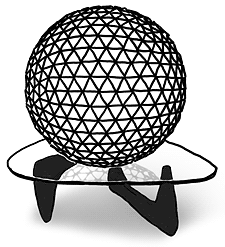 I had the pleasure this evening of attending the opening of a new exhibit at the
I had the pleasure this evening of attending the opening of a new exhibit at the 


